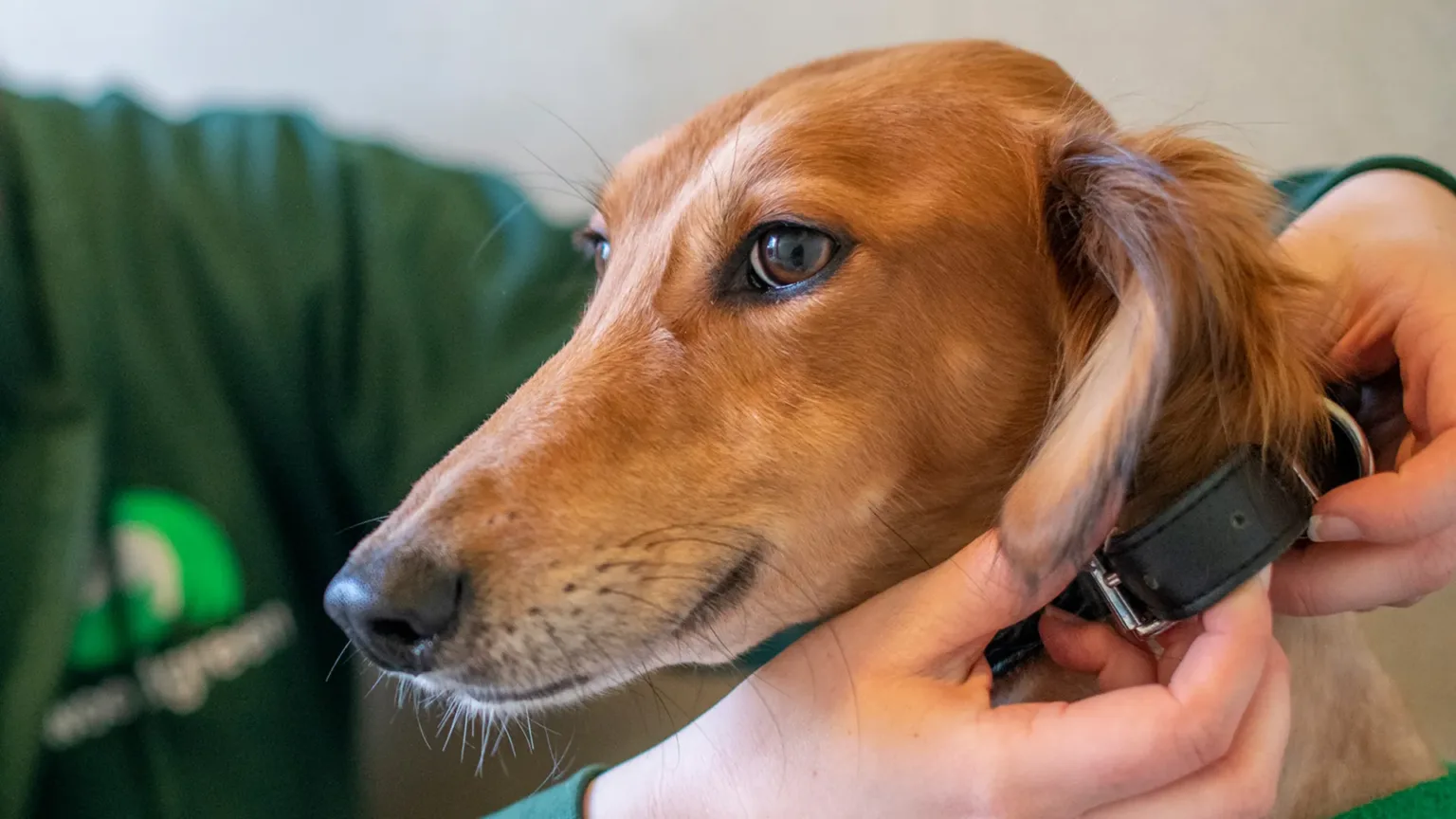When it comes to pets, we've all got questions
Ever feel like your pet is from another planet?

As owners, we often take for granted the fact that we can handle our dogs collar.
Some dogs actually don’t like it, they may feel uncomfortable, or have had a previously unpleasant experience when a person grabbed them. Your dog might find having their collar grabbed so worrying, and they may snap at the hand. This is where people could get bitten.
We can help dogs learn to cope with having their collar grabbed by starting off very gently. You can do this simple exercise with puppies and adult dogs. The first step is to feed your dog a treat and either touch the collar, or if that makes your dog uncomfortable, reaching towards your dog’s collar is a good start. We are pairing the touch of your hand on the collar, or the intention to touch the collar with a treat. You can either use treats, or one of your dog’s meals to do this exercise. It can help if you give a verbal indication of what you are about to do, as it helps your dog understand what is about to happen.
Slowly build up the intensity of the touch, ensuring that you always pair the hold with a treat. As your dog becomes more comfortable, start to give the treat after the touch, and start to hold the collar for longer, and even move your hand around whilst holding the collar. Always go at your dog’s pace, and make sure their comfortable before you move on.
Another problem we deal with regularly is dogs that are reluctant to put their harness on. Some dogs can find this so aversive, and it can affect their enjoyment of their walk.
If your dog has a really negative reaction to their harness, it is a good idea to get a new one to start this training, so there won’t be the background association of bad feelings.
The first step is to place the harness on the floor and reward your dog for looking at it. You can even place treats in and around the harness for your dog to investigate.
The next step is to ask your dog to look at and investigate the harness while you hold it. This is quite a different step to looking at the harness while it is on the floor, so take your time. Once your dog is really comfortable looking at and investigating the harness while you hold it, start to change the way you hold it. This is particularly important if it’s the kind of harness that goes over the dogs head.
Feed your dog treats while you move the harness, and even place your hand through the harness and feed the dog in the position of having the harness held up in front of his face. This is the scary bit for most dogs, so it’s worth working on this. Then lure your dog to push his head through the harness. You may have to do this in stages. With training like this, when we are asking the dog to face something he may find worrying, it’s important to keep sessions short. 2-3 minutes and then a play session will allow the dog to relax.
You can also give verbal clues during this exercise. “Put your harness on” or “pick up your foot” can help the dog know what’s coming next and be more relaxed about it.
During both of these training exercises, it is important to remember that we are building confidence. It is not about forcing the dog to have these things done to them, it’s about them learning that it’s not scary, so make sure you only progress at your individual dog’s pace.
If you are having trouble with either of these exercises, please get in touch. Our team will be happy to provide free behavioural advice and support. For more dog behaviour and training advice, visit Ask Woodgreen today.